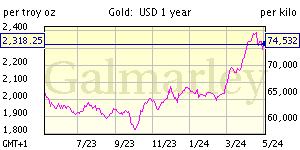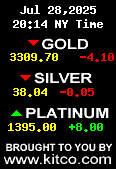
There are relatively few terms to learn. And using the two most often used words to describe a coin — obverse and reverse — is a good place to start, and also examples of the sometime subtle language numismatists (those who collect and study coins) will use.
Obverse is the "heads" side of a coin while the reverse is the "tails" side.
Obverse: The top of heads side of a coin. Usually the side with the coin's date and portrait design.
Reverse: The back or tails side of a coins.
Rim: The raised edge on both sides that runs completely around a coin. The design helps protect a coin's design from wear, and makes coins easier to stack.
Edge: Often called the "third side" of a coin, the edge is the very outer border of a coin. Edges can be lettered, like the new U.S. Presidential $1 coins, plain, reeded, or decorated.
Legend: The main letters, often referred to the coin's inscription.
Motto: Coin lettering or inscriptions like "In God We Trust," "E Pluribus Unum," and "Liberty."
Mint Mark: The always small letter or symbol on a coin that indicates where a coin was minted. In the U.S., common mint marks include Philadelphia "P", Denver "D", San Francisco "S", and West Point "W."
Portrait: Generally, the main part of a coin's design. Common portraits include presidents, kings, queens, and Liberty.
Field: The flat area of a coin's surface that is not raised and doesn't have any design or inscription.
Relief: The part of a coin's design that is raised above the surface.
Date: Indicates the year a coin was minted or first issued.
Designers Initials: The initials of the person who designed the coin.












No comments:
Post a Comment